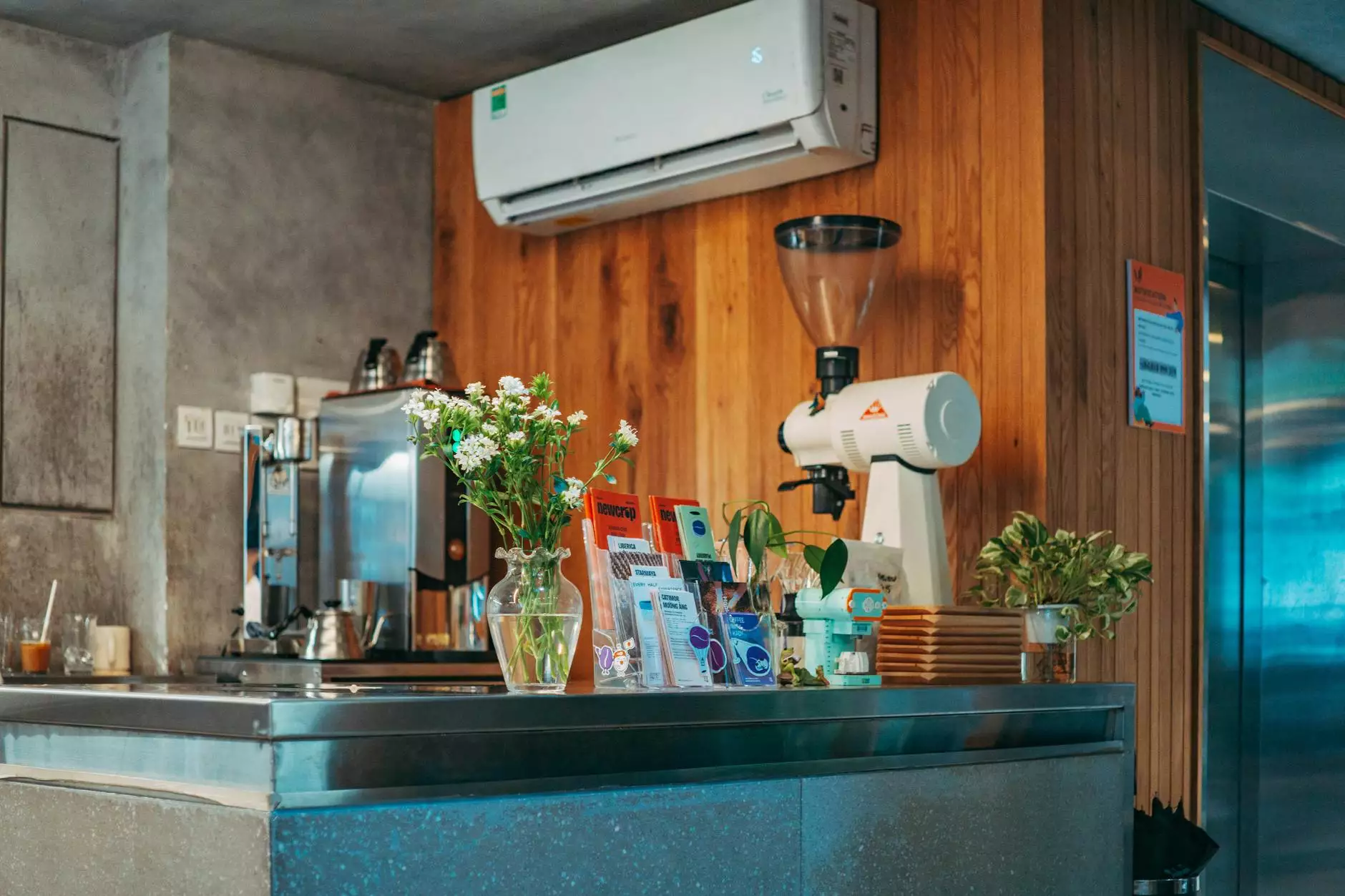Understanding Bilateral Salpingo-Oophorectomy

Bilateral salpingo-oophorectomy is a significant surgical procedure that involves the removal of both the fallopian tubes and ovaries. This surgery is often indicated for various medical reasons, including the prevention and treatment of specific conditions. In this comprehensive guide, we will explore the intricacies of this procedure, its indications, benefits, potential risks, and the recovery process. With our information, patients can make informed decisions regarding their health.
What is Bilateral Salpingo-Oophorectomy?
The term bilateral salpingo-oophorectomy may seem intimidating, but understanding its components can demystify the procedure. The term stems from Latin and Greek roots:
- Bilateral: Referring to both sides.
- Salpingo: From the Greek word "salpinx," meaning tube, which in this context refers to the fallopian tubes.
- Oophorectomy: From the Greek word "oophoron," meaning ovary, indicating the surgical removal of the ovaries.
Hence, bilateral salpingo-oophorectomy means the surgical removal of both fallopian tubes and both ovaries, and it can be performed for both therapeutic and preventative reasons.
Indications for Bilateral Salpingo-Oophorectomy
There are several medical conditions and scenarios that might necessitate a bilateral salpingo-oophorectomy. Understanding these indications is crucial for patients considering this surgery.
- Ovarian Cancer: This is one of the primary indications for the surgery. If a patient is diagnosed with ovarian cancer, a bilateral salpingo-oophorectomy may be advised to remove the cancerous tissue.
- Fallopian Tube Disorders: Conditions such as ectopic pregnancy (where a fertilized egg implants outside the uterus) may lead to the necessity for this surgery.
- Endometriosis: Severe cases of endometriosis, where tissue similar to the uterine lining grows outside the uterus, can also prompt the surgery to alleviate pain and prevent further complications.
- Genetic Predisposition: Women with a strong family history of breast or ovarian cancer may choose to undergo the surgery as a preventative measure. This is particularly relevant for individuals with BRCA1 or BRCA2 gene mutations.
- Benign Tumors: Non-cancerous tumors on the ovaries or fallopian tubes that cause symptoms may also warrant removal through this procedure.
The Procedure: What to Expect
Undergoing a bilateral salpingo-oophorectomy can be a daunting experience for many. Understanding what to expect from the procedure can help alleviate some anxiety.
Preparing for the Surgery
Prior to the surgery, patients will need to undergo a thorough evaluation. This may include:
- Medical History Review: Discussing any past surgeries, health issues, and medications is crucial for ensuring a safe procedure.
- Imaging Studies: Pelvic ultrasounds or CT scans may be performed to assess the ovaries and fallopian tubes.
- Blood Tests: These tests help evaluate overall health and check for potential issues that could interfere with anesthesia or surgery.
The Surgical Procedure
The actual surgery can be performed using various techniques:
- Open Surgery: A larger abdominal incision is made to access the reproductive organs. This approach may be necessary in complex cases or when large masses are present.
- Laparoscopic Surgery: Often preferred for its minimally invasive nature, this method uses tiny incisions and a camera (laparoscope) to guide the surgeon. This technique usually results in shorter recovery time and less postoperative pain.
The choice of technique will depend on factors such as the patient's medical history, the presence of any complications, and the surgeon's expertise.
Recovery After Bilateral Salpingo-Oophorectomy
Recovery from bilateral salpingo-oophorectomy varies from patient to patient, influenced by factors such as the surgical technique used and individual health.
What to Expect During Recovery
Here's what patients can expect in the recovery phase:
- Immediate Post-Operative Care: After the surgery, patients are monitored in a recovery room. Medical staff will check vital signs and manage any immediate pain.
- Hospital Stay: Depending on the procedure's complexity, a patient may stay in the hospital for one to several days. Laparoscopic procedures generally require a shorter hospital stay.
- At Home Care: Patients will need to follow specific instructions regarding activity limitations, pain management, and wound care once discharged. It’s crucial to monitor for signs of infection or other complications.
- Follow-Up Appointments: Regular follow-up with the healthcare provider is essential to ensure proper healing and address any ongoing concerns or complications.
Potential Risks and Complications
As with any surgical procedure, a bilateral salpingo-oophorectomy carries certain risks. Patients should be well-informed of these potential complications:
- Infection: A surgical site infection can occur, necessitating treatment with antibiotics.
- Bleeding: Excessive bleeding during or after surgery might require additional interventions.
- Damage to Surrounding Organs: There is a risk of inadvertently damaging nearby organs, such as the bladder, ureters, or intestines during surgery.
- Menopausal Symptoms: Removal of the ovaries leads to immediate menopause, which can bring about symptoms such as hot flashes, mood swings, and vaginal dryness.
Life After Surgery: What Patients Should Know
Following a bilateral salpingo-oophorectomy, lifestyle changes may be necessary, particularly if the surgery induces menopause. Many women will benefit from discussing available treatment options for managing menopausal symptoms with their healthcare provider.
Emotional Wellbeing
It's essential to acknowledge the emotional aspect of undergoing such a significant surgery. Many women experience varied emotional responses, from relief to feelings of loss. Support from healthcare professionals, mental health counseling, and support groups can be immensely beneficial.
Long-Term Health Considerations
Women who have undergone a bilateral salpingo-oophorectomy should remain vigilant about their overall health. Regular check-ups, monitoring for any symptoms of complications, and maintaining a healthy lifestyle through diet and exercise are crucial for long-term wellbeing.
Conclusion: Empowering Patients Through Knowledge
In conclusion, a bilateral salpingo-oophorectomy is a critical surgical procedure that can profoundly impact a woman's health and wellbeing. Understanding the indications, the procedure itself, recovery, and long-term implications empowers patients to make informed decisions about their healthcare.
If you or a loved one is facing a potential bilateral salpingo-oophorectomy, don't hesitate to reach out to medical professionals for guidance and support. At DrSeckin.com, we are dedicated to providing comprehensive care and answering any concerns you may have.
Remember, knowledge is power when it comes to health decisions. Understanding your options and the processes involved can pave the way for a healthier, informed future.









